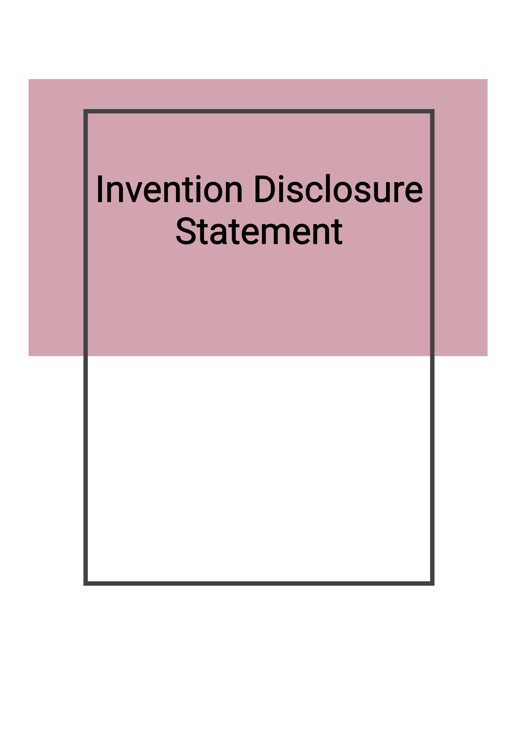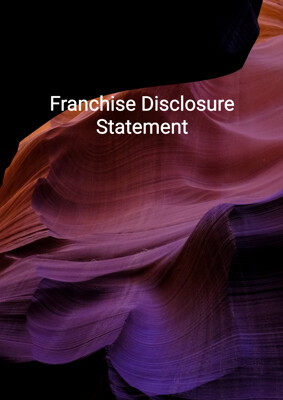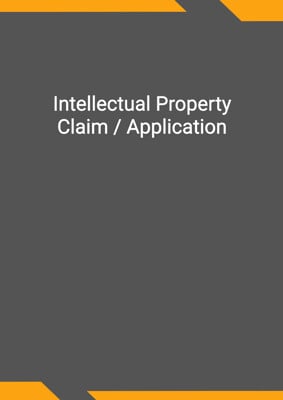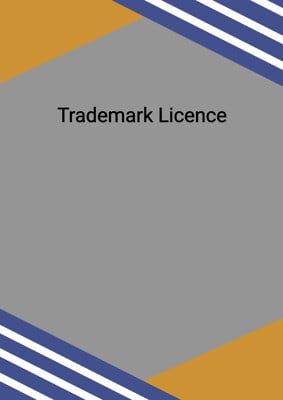How to Tailor the Document for Your Need?
01
Create Document
Click "Create Document" button and the document will be prepared with your account details automatically filled in.
02
Fill Information
Please fill in any additional information by following the step-by-step guide on the left hand side of the preview document and click the "Next" button.
03
Get Document
When you are done, click the "Get Document" button and you can download the document in Word or PDF format.
04
Review Document
Please review the document carefully and make any final modifications to ensure that the details are correct before publication / distribution.
Document Preview
Document Description
The Invention Disclosure Statement is a document that plays a crucial role in the process of patenting an invention. It serves as a formal record of the invention and provides detailed information about its various aspects. The document begins with the particulars of the inventor, including their name, address, email address, submission date, and phone number.
The first section of the document is the title, which should clearly indicate the nature of the invention. This helps in identifying the invention easily and distinguishing it from other inventions. The second section focuses on the identification of the inventor(s). It includes the name, address, and email address of each inventor involved in the creation of the invention.
Moving on to the third section, a comprehensive description of the invention is provided. This includes detailed information about the features and functions of the invention, as well as how it works. Each feature is described individually, along with its corresponding function. This section aims to provide a clear understanding of the invention's capabilities and its practical application.
The fourth section addresses the problem that prompted the invention. It describes the specific issue or challenge that the invention aims to solve. This helps in establishing the relevance and significance of the invention in addressing real-world problems.
In the fifth section, any prior use, sale, display, or publication of the invention is identified. This includes mentioning the dates on which such activities took place. This information is crucial in determining the novelty and patentability of the invention.
The sixth section specifies the field or industry to which the invention pertains. This helps in categorizing the invention and understanding its potential applications in a specific domain.
If applicable, the seventh section includes relevant drawings, figures, or diagrams that illustrate the invention. Visual representations can enhance the understanding of the invention and provide additional clarity.
The eighth section focuses on describing potential applications or uses of the invention. This helps in exploring the various ways in which the invention can be utilized and its potential impact in different contexts.
In the ninth section, the novelty and inventive step of the invention are highlighted. This involves explaining what makes the invention unique and different from existing solutions. It emphasizes the inventive aspect of the invention and its potential for patentability.
The tenth section allows the inventor to provide any supporting evidence or prototypes that validate the invention. This can include experimental data, test results, or any other form of evidence that demonstrates the feasibility and effectiveness of the invention.
The eleventh section describes the existing technical solutions or technologies that have been used to address the problem resolved by the invention. This provides a comparison between the invention and existing solutions, highlighting the advantages and improvements offered by the invention.
The twelfth section requires the inventor to provide the date of conception of the invention. This is the date on which the idea for the invention was first conceived. Supporting documentation, if available, should be attached to evidence the date of conception.
Finally, the thirteenth section lists the countries where the patent application should be filed. This helps in determining the geographical scope of the patent protection sought for the invention.
In conclusion, the Invention Disclosure Statement is a comprehensive document that provides a detailed description of the invention, its significance, and its potential applications. It serves as a crucial record in the patenting process and helps in establishing the novelty and inventiveness of the invention.
How to use this document?
1. Fill in the particulars of the inventor, including name, address, email address, submission date, and phone number.
2. Provide a clear and descriptive title for the invention.
3. Identify all the inventors involved in the creation of the invention, including their names, addresses, and email addresses.
4. Describe the invention in detail, including its features, functions, and how it works. Provide a separate description for each feature, along with its corresponding function.
5. Explain the problem that prompted the invention and the specific issue it aims to solve.
6. Identify any prior use, sale, display, or publication of the invention, including the dates on which these activities took place.
7. Specify the field or industry to which the invention pertains.
8. If applicable, include relevant drawings, figures, or diagrams that illustrate the invention.
9. Describe potential applications or uses of the invention in various contexts.
10. Highlight the novelty and inventive step of the invention, emphasizing what makes it unique and different from existing solutions.
11. Provide any supporting evidence or prototypes that validate the invention.
12. Describe the existing technical solutions or technologies used to address the problem resolved by the invention.
13. Provide the date of conception of the invention and attach supporting documentation, if available.
14. List the countries where the patent application should be filed.
15. Declare that the information provided in the Invention Disclosure Statement is true and accurate to the best of your knowledge by signing and dating the document.
Not the right document?
Don’t worry, we have thousands of documents for you to choose from:





